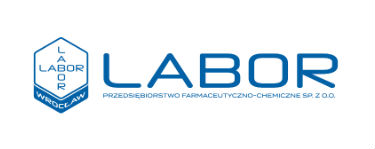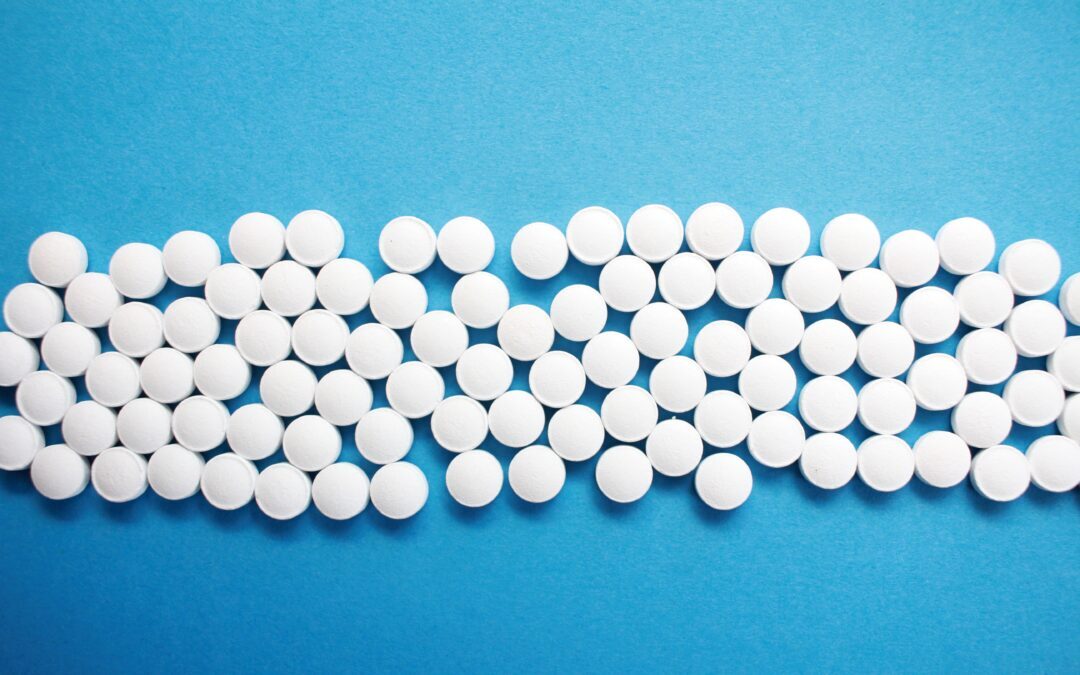Summary
The use of various medications is possibly as old as human history. People have always used a variety of natural remedies to treat a wide variety of diseases, injuries and wounds. Knowledge about the therapeutic effects of these agents was passed down from generation to generation. With time, the medical knowledge collected over the centuries began to be written down, a group of people specializing in it began to slowly transform into doctors and pharmacists in the today’s sense of these words. The beginnings of pharmacy are actually herbal medicine and the use of other natural remedies. With the development of general knowledge, especially of chemistry, from raw materials of natural origin, chemical compounds responsible for their pharmacological effects began to be isolated. Examples include salicylic acid obtained from willow bark or antibiotics isolated from bacterial or mold cultures.
The pharmaceutical industry also produces many other naturally derived drugs, such as herbal drugs that are commonly used to treat a wide variety of conditions. Manufacturing technologies and high production standards used in the pharmaceutical industry are also used in the production of dietary supplements. Therefore, it is safe to say that the experience, technologies used, and production and control standards guarantee the highest quality of dietary supplements produced by drug manufacturers.
The use of various medications is possibly as old as human history. And even longer. During the research of many species of animals, it was noticed some time ago that some of the food they eat is not part of their daily diet, and in fact it can be described as self-healing animals with gifts of nature. This usually applies to various plants eaten by animals in the event of various ailments. Most of us have probably seen cats eat grass with appetite (and cat owners have cleaned up the effects of this grass many times afterwards). It is a cat’s method of self-cleaning of the digestive tract.
People have always used a variety of natural remedies (mostly plants) to treat various diseases, injuries and wounds. Knowledge about the therapeutic effects of these agents was passed down from generation to generation. Over time, a group of people specializing in treatment has developed. They were called variously: herbalists, shamans, sorcerers. They combined the skill of treating diseases with the skill of making drugs, often including magic, which enhanced the effectiveness of the drugs used. They passed on the knowledge accumulated over the centuries to their successors. To this day, the knowledge of shamans from “primitive” tribes, concerning the treatment of various diseases and the healing effects of plants, amazes modern scientists. Pharmaceutical companies send expeditions to tropical forests to search for plants with potentially beneficial therapeutic effects.
With time, medical knowledge accumulated over the centuries, began to be written down and a group of people specializing in it began to slowly transform into doctors and pharmacists in today’s sense of these words.
The beginnings of pharmacy are actually herbal medicine and the use of other natural remedies.
With the development of general knowledge, especially of chemistry, chemical compounds responsible for their healing effects began to be isolated from plant materials.
A classic example is willow bark (Salix alba), the antipyretic and analgesic effect of which has been known for a long time. Responsible for this action was the presence of salicylic acid, which was obtained for the first time by isolating it from this raw material. Later, in 1859, the method of its synthesis was invented by accident by the German chemist Hermann Kolbe.
A derivative of salicylic acid is acetylsalicylic acid, i.e. a popular aspirin, introduced into medicine in 1899. Currently, it is probably the most popular drug used in humans with analgesic, anti-inflammatory and antipyretic properties, as well as anticoagulant properties. It all started with willow bark.

Similarly, a group of drugs without which it is difficult to imagine modern medicine are antibiotics. For a very long time, people have used moldy kneaded bread, for example with cobwebs, to heal wounds that are difficult to heal. This accelerated healing and prevented contamination of the injuries. We now know that the natural antibiotics present in such a “bandage” were responsible for this action.
For the first time, the presence of substances inhibiting the growth of some pathogenic bacteria was described in 1897 by the French military doctor Ernest Duchesne in his doctoral dissertation entitled “The antagonism between molds and microbes”. The rediscovery of exactly the same phenomenon was made in 1928 by Alexander Fleming, but he failed to isolate the active substance. In 1938, a group of three scientists, including Howard Walter Florey and Ernst Boris Chain, along with Fleming, isolated the active ingredient, establishing the world’s first penicillin plant a year later. For their discovery, they were awarded the Nobel Prize in 1945.
The introduction of penicillin into military hospitals saved the lives of thousands of soldiers during World War II, making it possible to heal infected wounds and prevent their infection. Initially, the antibiotic produced in this way was so expensive that it was profitable to recover it from the urine of patients treated with it, but over time its price fell very quickly. Currently, by biosynthesis using various species of molds and bacteria, a number of other antibiotics are obtained, the chemical synthesis of which would be much more expensive.
The pharmaceutical industry also produces many other naturally derived drugs, such as herbal drugs that are commonly used to treat a wide variety of conditions. Examples include antitussive syrups or drugs containing valerian extract that have a sedative effect. It should be remembered that plant extracts containing a wide variety of compounds are often much more effective than individual compounds isolated from them. This proves the synergistic effect of the individual components of these extracts. As you can see, the pharmacy has many centuries of experience in the production of natural resources. Based on this experience, pharmaceutical plants also produce dietary supplements.
These preparations, being a concentrated source of vitamins, minerals or other substances with a nutritional or physiological effect, are dietary supplements – not drugs intended to supplement a normal diet. They are marketed in a dosage form, in the form of capsules, tablets, dragees, sachets, ampoules with liquid, dropper bottles and other similar forms of liquids and powders intended for consumption in small, measured unit amounts.
Generally, therefore, the technology of producing supplements is little different from the technology of producing drugs.
A similar situation is with the conditions and standards of production. The production conditions used in pharmaceutical plants must be of the highest quality to ensure the appropriate quality and safety of the manufactured drugs. Dietary supplements are also produced under similar conditions, and often on the same production lines. Therefore, it can be safely said that the experience, technologies used as well as production and control standards guarantee the highest quality of dietary supplements produced by drug manufacturers.
AUTHOR: Dr n. farm. Andrzej Tarasiuk




